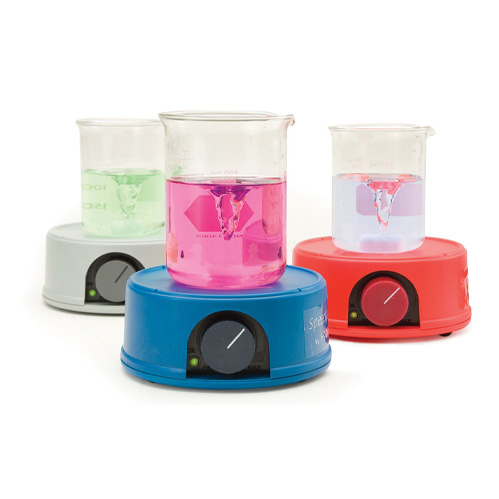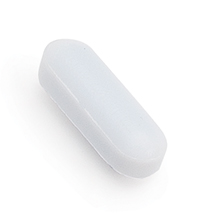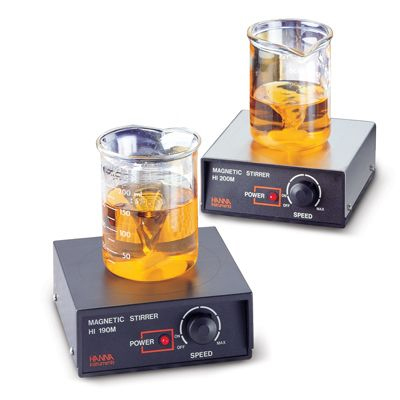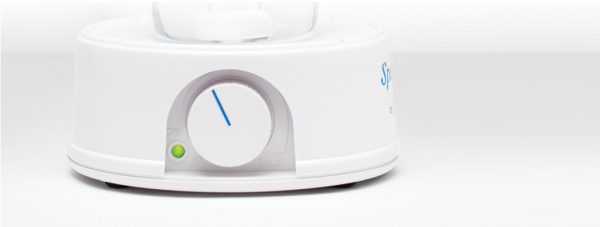
In analytical chemistry, sampling is most often a multistage process, composed of several very important steps and implementation of the sampling plan.
Implementing a sampling plan usually involves three steps:
- physically removing the sample from its target population
- preserving the sample
- preparing the sample for analysis.
The final goal
is to provide
a representative
measurement
of the sample.
is to provide
a representative
measurement
of the sample.
Homogenization is part of the sample preparation procedure and includes mixing and blending of the sample, particle size reduction, and mass reduction.
Biased results are most commonly obtained as a result of poor sample homogeneity. Methods for homogenization can be very different and depend of the sample structure and type.
We can consider that various types of samples can require different steps, grinding, shearing, beating, and use of other instrumentation like magnetic stirrers.
The final result of homogenization should be uniformity and repeatability in obtained results.
A magnetic stirrer is most commonly used for homogenization of liquid samples.
It will ensure that your sample is completely mixed through resulting in greater stability and more accurate measurements. The movement will also increase the response time of your electrode in solution so you can spend less time testing.
A stirrer should have variable speed control to allow for proper sample mixing.
A stirrer should have variable speed control to allow for proper sample mixing.
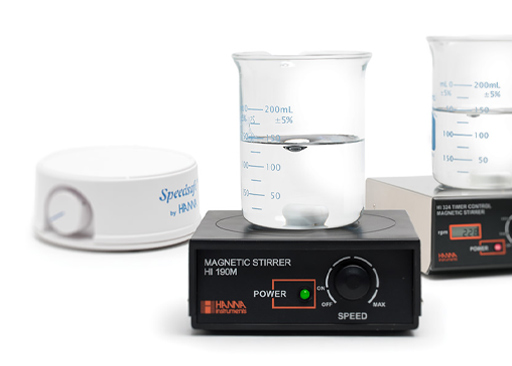
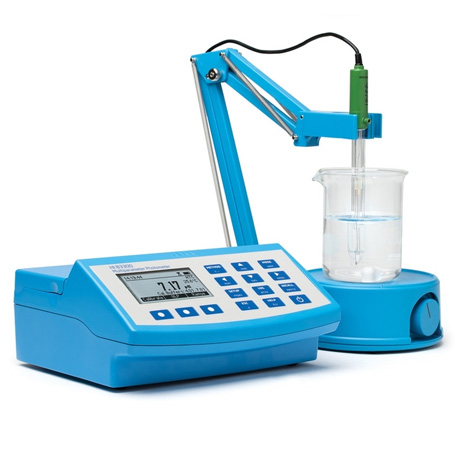
Mixing will ensure a
faster electrode
response, greater
stability, and more
accurate
measurements.
faster electrode
response, greater
stability, and more
accurate
measurements.
Speedsafe™ from HANNA
There are two types of magnetic stirrers; mechanical and electronic.
Most manufacturers of magnetic stirrers use the mechanical approach. They use steel and aluminum for the structural material and outdated methods of speed control. These units are not only very heavy, but also very inaccurate. The use of these materials and methods appear to make the units rugged and strong, but they are instead cumbersome and obsolete.
Something as simple as completely dissolving salts in a medium, is in reality, a science. Often this cannot be achieved with simple mechanical processes. The only choice that the user has with mechanical products is to increase the stirring time or the temperature. With electronics, you can do more… the HANNA approach is electronic.
Speed sensor and limiter:
Each HANNA stirrer is equipped with a speed sensing device (opto-sensor) coupled with an FVC (frequency voltage converter), which monitors the speed. As the speed reaches a preset maximum level, the speed limiter shuts down the VCO to slow down the motor speed. This ensures that when the load is suddenly removed from the stirrer, the motor will not accelerate to such a high speed that will be hazardous to both the user and the stirrer; a feature not commonly found in conventional stirrers.
Speed sensor and limiter:
Adjusting the stirring speed with a mechanical stirrer is inaccurate. Similar to the “ZOOM” function of a microscope, you can have access to two separate ranges of speed by using electronics.
This assures maximum repeatability in experiments and processing. A proper stirring speed plays an important role to minimize air contamination when mixing solutions. Too high a speed can create a deep vortex which may contaminate mixtures.
This assures maximum repeatability in experiments and processing. A proper stirring speed plays an important role to minimize air contamination when mixing solutions. Too high a speed can create a deep vortex which may contaminate mixtures.
Auto-feedback:
In addition, with the HANNA auto-feedback stirrer, any change in viscosity or volume of the solution is automatically compensated for, to keep the speed constant.
Sophisticated Engineering:
Parts are engineered and manufactured to strict specifications to ensure absolute reliability. All components are mounted into a molded casing covered with a stainless steel plate, which are splash proof and chemically resistant. Minimal vibration and a well balanced rotating arm provide years of trouble free operation.
Safety:
An ON/OFF switch on the face of the instruments and a fuse located at the rear panel allows users to easily disconnect power. The circuitry is grounded to the case for additional protection.
HI180
Compact Magnetic Mini-Stirrers
- Round edge
- Dynamic design
Easy to handle, these lightweight and compact stirrers need little room and are quickly recognizable on busy benches
- Built to last
Glass-free chemical resistant housing resists damage by accidental falls
Common stirrers are manufactured with steel and aluminum components. These units are
often too large and heavy to fit in the limited space of a laboratory. HANNA HI 180 series is
compact, lightweight, inexpensive and designed in a special round shape without
any sharp corners.
Often, in the lab, a sample is removed from a typical stirrer before reducing the speed.
Normally, this would cause the motor to accelerate until it is destroyed. Not so
with HANNA stirrers. HANNA stirrers incorporate electronic controls that allow
the user to regulate the speed with greater precision. In addition to speed control, a
Speedsafe™ mechanism will assure that the maximum speed will never be exceeded.
HI180 mini-stirrers are available in nine colors. Several HI 180 stirrers can be placed
on a laboratory bench with their colors helping to identify the different samples.
All models are supplied with micro stir bar and instructions.
ACCESSORIES
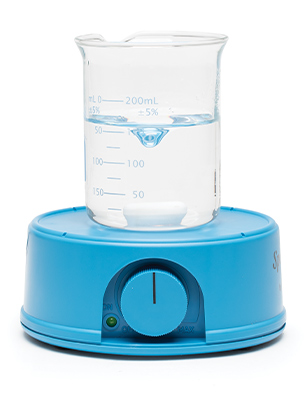
HI180F-2
Blue
mini-stirrer
(230V)
mini-stirrer
(230V)
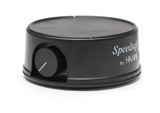
HI180F-2
Black
mini-stirrer
(230V)
mini-stirrer
(230V)
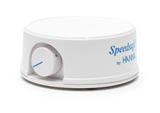
HI180W-2
Arctic white
mini-stirrer
(230V)
mini-stirrer
(230V)
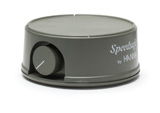
HI180M-2
Moss green
mini-stirrer
(230V)
mini-stirrer
(230V)

HI180K-2
Arctic Orange
mini-stirrer
(230V)
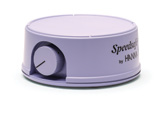
HI180L-2
Lavender
mini-stirrer (230V)
mini-stirrer (230V)

HI180J-2
Charcoal
mini-stirrer
(230V)
mini-stirrer
(230V)
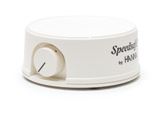
HI180I-2
Invory
mini-stirrer
(230V)
mini-stirrer
(230V)
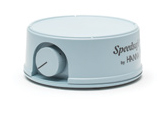
HI180C-2
Glacier blue
mini-stirrer
(230V)

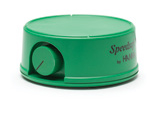
HI180E-2
Green
mini-stirrer
(230V)
mini-stirrer
(230V)

HI180A-2
Yellow
mini-stirrer
(230V)
mini-stirrer
(230V)
Compact round edge mini-stirrers are ideal where space is a concern.
HI190M • HI200M
Our Most Popular Magnetic Mini-Stirrers
Compact size
The compact size of these stirrers allow users to maximize bench space for efficiency and safety.
Safety
Speedsafe™ limits the maximum speed to
1000 rpm even if a load is suddenly removed.
1000 rpm even if a load is suddenly removed.
Built to last
The ABS housing of HI190M resists most harmful chemicals in the lab.
The HI190M and HI200M are compact and lightweight, so that lack of laboratory bench space is no longer a concern.
These stirrers incorporate electronic controls that allow the user to regulate the speed with greater precision. Often, in the lab, a sample is removed from the stirrer before reducing the speed. This would cause the motor of conventional equipment to accelerate until it is destroyed. This does not pose a problem with HANNA ministirrers.
In fact, the internal Speedsafe™ mechanism will ensure that the maximum speed is never exceeded.
HI 190M and HI 190M-0 come supplied with an ABS cover that will resist the harmful effects of chemicals that are accidentally spilled.
The ABS-covered mini-stirrer is available in two versions: HI 190M operating at 110 or 220 VAC and HI 190M-0 at 12 VDC.
This provides you with the flexibility to choose between field and lab models, as well as being able to use the HI 190M-0 for applications where a low input voltage is a must.
HI 200M has an AISI 316 stainless steel cover. This model is ideal for applications that create exothermic reactions.
HI 200M has an AISI 316 stainless steel cover. This model is ideal for applications that create exothermic reactions.
Author:
Nives Vinceković Budor
mag.ing.chem.ing.
Nives Vinceković Budor
mag.ing.chem.ing.

With Great Product Come Great Results
Service
Training
Rapair
Maintenance
Source:
https://chem.libretexts.org/

